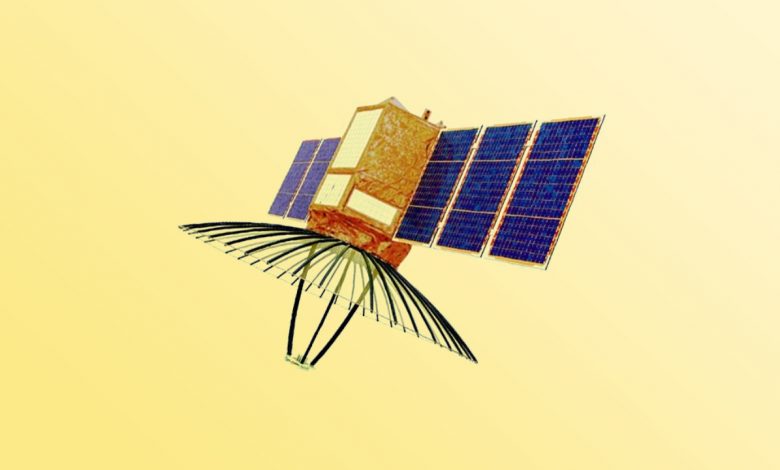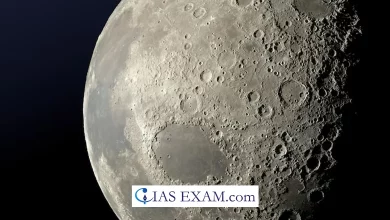Daily Current Affairs for UPSC
RISAT-2 satellite

Topic- Space Technology [GS Paper-3]
Context- RISAT-2 satellite of ISRO, which was launched in 2009, has made an uncontrolled re-entry into the Earth’s atmosphere.
Key Highlights
- The RISAT-2 satellite, weighing about 300 kg, made an uncontrolled re-entry in the Indian Ocean near Jakarta.
- Though the initial designed life of the satellite was four years, due to proper maintenance of orbit and mission planning by the spacecraft operations team in ISRO and by economical usage of fuel, RISAT-2 provided very useful payload data for 13 years.
- Since its injection, RISAT-2’s radar payload services were provided for various space applications.
Impacts of re-entry of the satellite
- The orbital data available from USSPACECOM were regularly used to predict the re-entry time and impact.
- On re-entry, there was no fuel left in the satellite and hence there is a very less chance of contamination or explosion by fuel.
- Also the pieces generated due to aero-thermal fragmentation would not have survived reentry heating and hence no fragments would have impacted on Earth.
- The Indian System for Safe and Sustainable Space Operations Management (IS4OM) facility in ISTRAC, Bengaluru had been monitoring the re-entry for the last one month with analysis carried out by VSSC and ISTRAC teams through its in-house developed analysis software and tracking the object utilising Multi Object Tracking Radar (MOTR) at SDSC, Sriharikota.
- MOTR tracked RISAT-2 regularly and the data were used for further analysis and orbit determination.
RISAT-2 satellite
- RISAT-2 was built following the 2008 Mumbai attacks, due to delay with the indigenously developed C-band for RISAT-1 and hence it is India’s first dedicated reconnaissance satellite.
- RISAT-2, or Radar Imaging Satellite-2 was an Indian radar imaging reconnaissance satellite which was launched as a part of India’s RISAT programme.
- The satellite was built by Indian Space Research Organisation (ISRO) and successfully launched aboard a PSLV-CA launch vehicle at 01:15:00 UTC in 2009 from the Second Launch Pad at the Satish Dhawan Space Centre.
- The principal sensor of RISAT-2 was an X-band synthetic-aperture radar (SAR) of the Israel Aerospace Industries (IAI) and RISAT-2 was India’s first satellite with a synthetic-aperture radar (SAR).
- The SAR sensor enables the satellite to return images at any time of day and in all weather conditions.
- The satellite was built with a mass of 300 kg (660 lb).
Functions of RISAT-2
- It is designed with an objective to monitor India’s borders and as part of anti-infiltration and anti-terrorist operations.
- It possesses day-night as well as all-weather monitoring capability.
- Potential applications of the satellite include tracking hostile ships at sea that are deemed a military threat to India.





.png)



